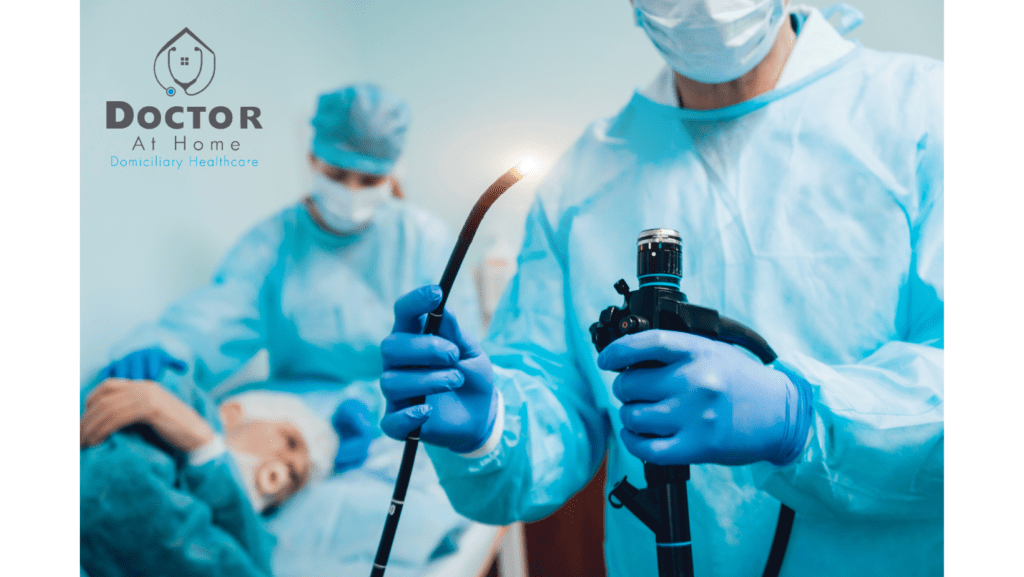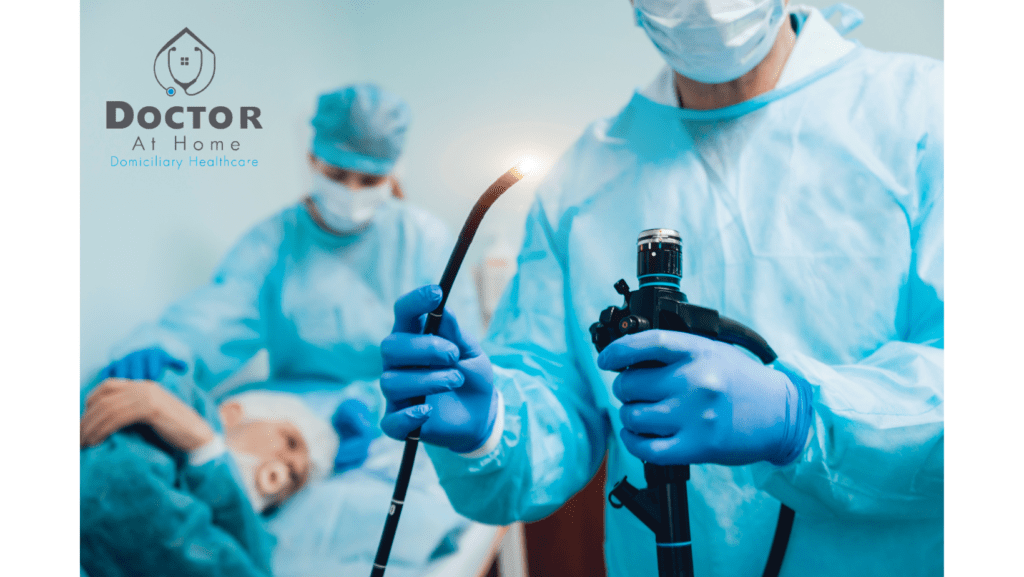

Endoscopy and colonoscopy are essential medical procedures for diagnosing and treating digestive diseases. Both techniques allow doctors to visualize the inside of the digestive system, aiding in the detection and, in some cases, treatment of gastrointestinal conditions. This article covers the differences between these procedures, their applications, contraindications, and the necessary preparation for each.
What is an Endoscopy and a Colonoscopy? Key Differences
- Endoscopy: This procedure involves inserting an endoscope, a thin, flexible tube with a camera, through the mouth to visualize the esophagus, stomach, and part of the small intestine.
- Colonoscopy: Similar to endoscopy, colonoscopy uses a colonoscope inserted through the rectum to examine the large intestine and the end of the small intestine.
The main difference between these procedures lies in the area of the digestive system examined and the route of access used.
Diagnostic and Therapeutic Use
Both techniques have diagnostic and therapeutic applications:
- Diagnostic: Endoscopy and colonoscopy enable real-time visualization of the inner walls of the digestive system. They help detect:
- Gastric or duodenal ulcers
- Inflammatory bowel disease
- Polyps
- Gastrointestinal cancer
- Gastroesophageal reflux, among others.
- Therapeutic: Beyond diagnosis, these procedures allow for minor interventions:
- Polyp removal: Removing growths in the colon to prevent cancer.
- Bleeding detection and treatment: Identifying and treating sources of gastrointestinal bleeding.
- Stricture dilation: Widening narrow areas in the esophagus or intestine to improve food passage.
Contraindications
Although endoscopy and colonoscopy are safe, certain contraindications exist:
- Severe heart or respiratory conditions
- Perforation or risk of perforation in the gastrointestinal tract
- Intestinal obstruction
- Conditions affecting blood clotting, due to bleeding risk
It’s important for patients to inform their doctor of their medical history to assess whether they are suitable candidates for these studies.
Preparation for Endoscopy and Colonoscopy
Preparation is essential to ensure accurate results and minimize risks for both procedures:
- For endoscopy:
- Fasting for at least 6 to 8 hours before the procedure is required.
- Avoiding food and drink ensures a clear view of the upper digestive system.
- For colonoscopy:
- Complete bowel evacuation is necessary, typically involving a liquid diet the day prior and taking laxatives under medical supervision.
- Avoiding high-fiber foods a few days before helps clear the colon.
Endoscopy and Colonoscopy Services at Doctor At Home
At Doctor At Home, we offer these services in several cities, including Puerto Vallarta, Guadalajara, Chapala, and CDMX. We have trained specialists and advanced technology to provide precise diagnostics and comprehensive care. For more information on these services in each city, specific articles will be available soon.
